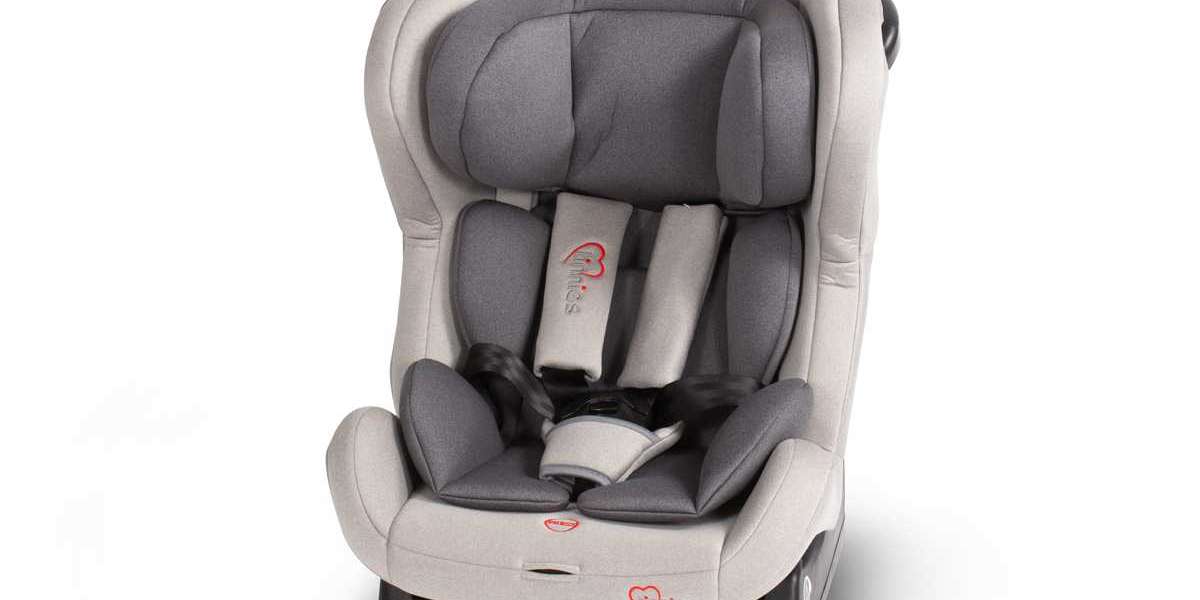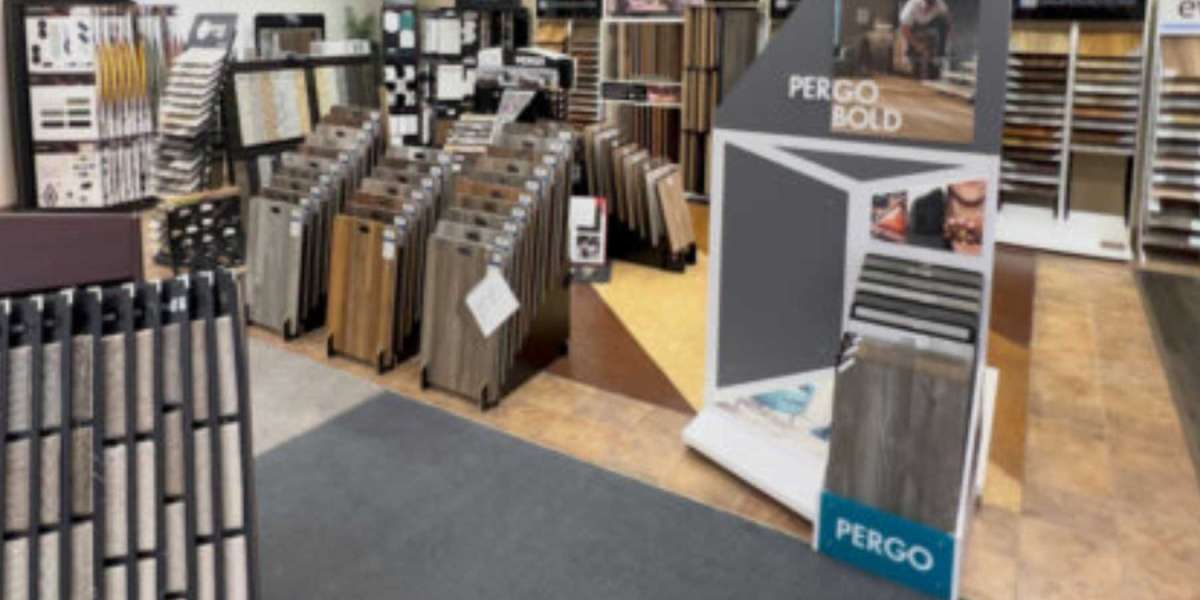In the world of child safety the transition from a car seat to a booster seat is a significant milestone. Booster seats play a crucial role in ensuring the safety of your child during car rides but the timing of this transition is vital.
In this article we will explore when and how to make the switch to a booster seat for kids to maximize safety and provide you with peace of mind.
Understanding Booster Seats
What Are Booster Seats?
Booster seats are specially designed child restraint systems that elevate a child allowing them to use the vehicle's seatbelt effectively. Unlike infant or toddler car seats booster seats are designed for older children who have outgrown their previous restraints.
Why Are Booster Seats Important?
Booster seats serve a critical purpose in enhancing child safety while traveling in a car. They ensure that the seatbelt fits the child correctly preventing potential injuries in the event of a collision. Without a booster seat the seatbelt might not properly secure the child which can lead to serious harm.
When Should You Transition to a Booster Seat?
Age and Height Requirements
The decision to transition to a booster seat should be based on your child's age weight and height. Generally it's recommended to make the switch when your child has reached the age of four or five and meets the minimum height and weight requirements specified by the booster seat manufacturer.
Readiness for a Booster Seat
Apart from meeting the physical criteria it's essential to consider your child's readiness. They should be able to sit comfortably in the booster seat for the entire car journey understand and follow basic safety rules and refrain from leaning out of the seat.
How to Transition to a Booster Seat
Choosing the Right Booster Seat
Selecting the appropriate booster seat is crucial for your child's safety. There are two main types of booster seats: high-back and backless. High-back booster seats provide head and neck support making them suitable for children who still need that extra protection. Backless boosters are more compact and suitable for older children who have outgrown the high-back versions.
Installing the Booster Seat
Proper installation is key to ensuring the booster seat functions as intended. Follow the manufacturer's instructions carefully and use the vehicle's seatbelt to secure the booster seat. Double-check that the seat is stable and doesn't wobble.
Proper Use of Booster Seats
Educate your child on the importance of sitting properly in their booster seat. They should sit back in the seat with the lap belt low across their thighs and the shoulder belt snugly across their chest and shoulder.
Safety Tips for Booster Seat Use
Secure Seatbelts
Ensure that the seatbelt is properly secured and fits snugly. It should never be twisted or loose.
Rear vs. Forward-Facing
Consult your car's manual and the booster seat instructions to determine whether it should be rear or forward-facing. This can vary based on the seat design and your vehicle.
Regular Safety Checks
Periodically check the booster seat for any signs of wear or damage. Reevaluate your child's readiness for a backless booster seat as they grow and their needs change.
Conclusion
Transitioning to a booster seat is a vital step in your child's journey towards safer car rides. It's essential to consider both the age and size requirements and your child's readiness. By choosing the right booster seat installing it correctly and adhering to safety guidelines you can boost your child's safety significantly.
Get Access Now:https://mamalove.pk/
FAQs
When should I transition my child to a booster seat?
- The transition is typically recommended when your child is around four or five years old and meets the minimum height and weight requirements specified by the booster seat manufacturer.
What's the difference between high-back and backless booster seats?
- High-back booster seats provide head and neck support while backless boosters are more compact and suitable for older children.
How do I install a booster seat correctly?
- Follow the manufacturer's instructions carefully and use the vehicle's seatbelt to secure the booster seat. Ensure it's stable and doesn't wobble.
What should I check regularly with a booster seat?
- Regularly check the booster seat for signs of wear or damage. Also reassess your child's readiness for a backless booster seat as they grow.
Why is a booster seat necessary for child safety in the car?
- Booster seats ensure that the seatbelt fits the child correctly preventing potential injuries in the event of a collision. Without a booster seat the seatbelt might not properly secure the child leading to harm.








